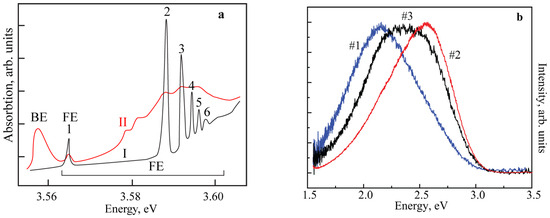-
 Investigation of the Microwave Absorption Properties of Bi1.7Pb0.3Sr2Ca2Cu3O10-Based Ceramic Composites
Investigation of the Microwave Absorption Properties of Bi1.7Pb0.3Sr2Ca2Cu3O10-Based Ceramic Composites -
 The Effect of Material Arrangement Order on Ballistic Resistance of Ceramic Composite Armor Structure
The Effect of Material Arrangement Order on Ballistic Resistance of Ceramic Composite Armor Structure -
 Gaussian Process Regression for Machine Learning on Effective Crystal Graphs of Body-Centered Cubic Iron
Gaussian Process Regression for Machine Learning on Effective Crystal Graphs of Body-Centered Cubic Iron -
 Luminescence Properties of Defects in GaN: Solved and Unsolved Problems
Luminescence Properties of Defects in GaN: Solved and Unsolved Problems
Journal Description
Solids
- Open Access— free for readers, with article processing charges (APC) paid by authors or their institutions.
- High Visibility: indexed within ESCI (Web of Science), Scopus, EBSCO, CAPlus / SciFinder, and other databases.
- Rapid Publication: manuscripts are peer-reviewed and a first decision is provided to authors approximately 22.6 days after submission; acceptance to publication is undertaken in 5.6 days (median values for papers published in this journal in the first half of 2025).
- Journal Rank: CiteScore - Q2 (Physics and Astronomy (miscellaneous))
- Recognition of Reviewers: APC discount vouchers, optional signed peer review, and reviewer names published annually in the journal.
Latest Articles
Highly Accessed Articles
Latest Books
E-Mail Alert
News
Topics
Deadline: 31 March 2026
Deadline: 31 May 2026
Deadline: 31 August 2026
Deadline: 31 May 2027
Conferences
Special Issues
Deadline: 31 March 2026
Deadline: 31 March 2026
Deadline: 31 May 2026





























